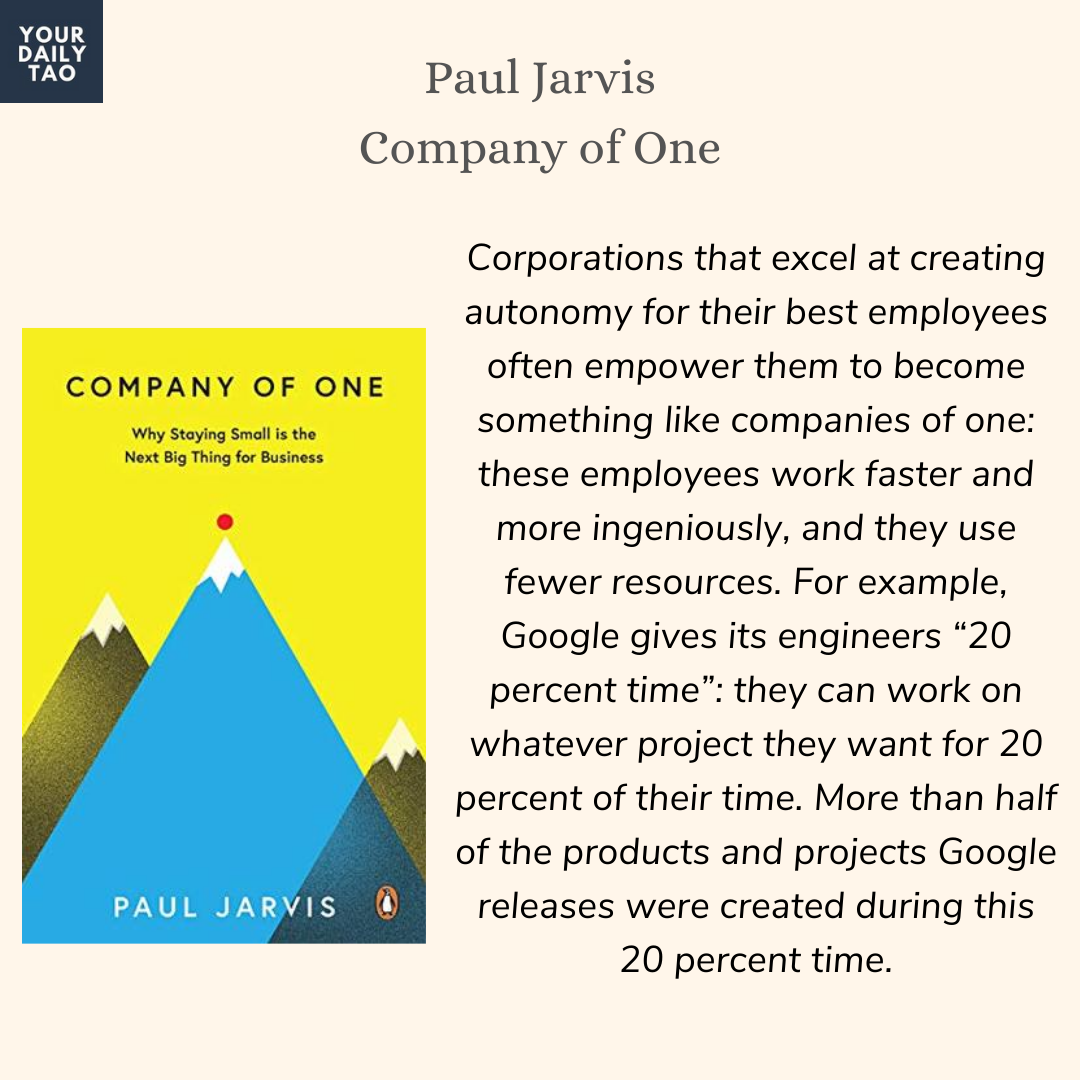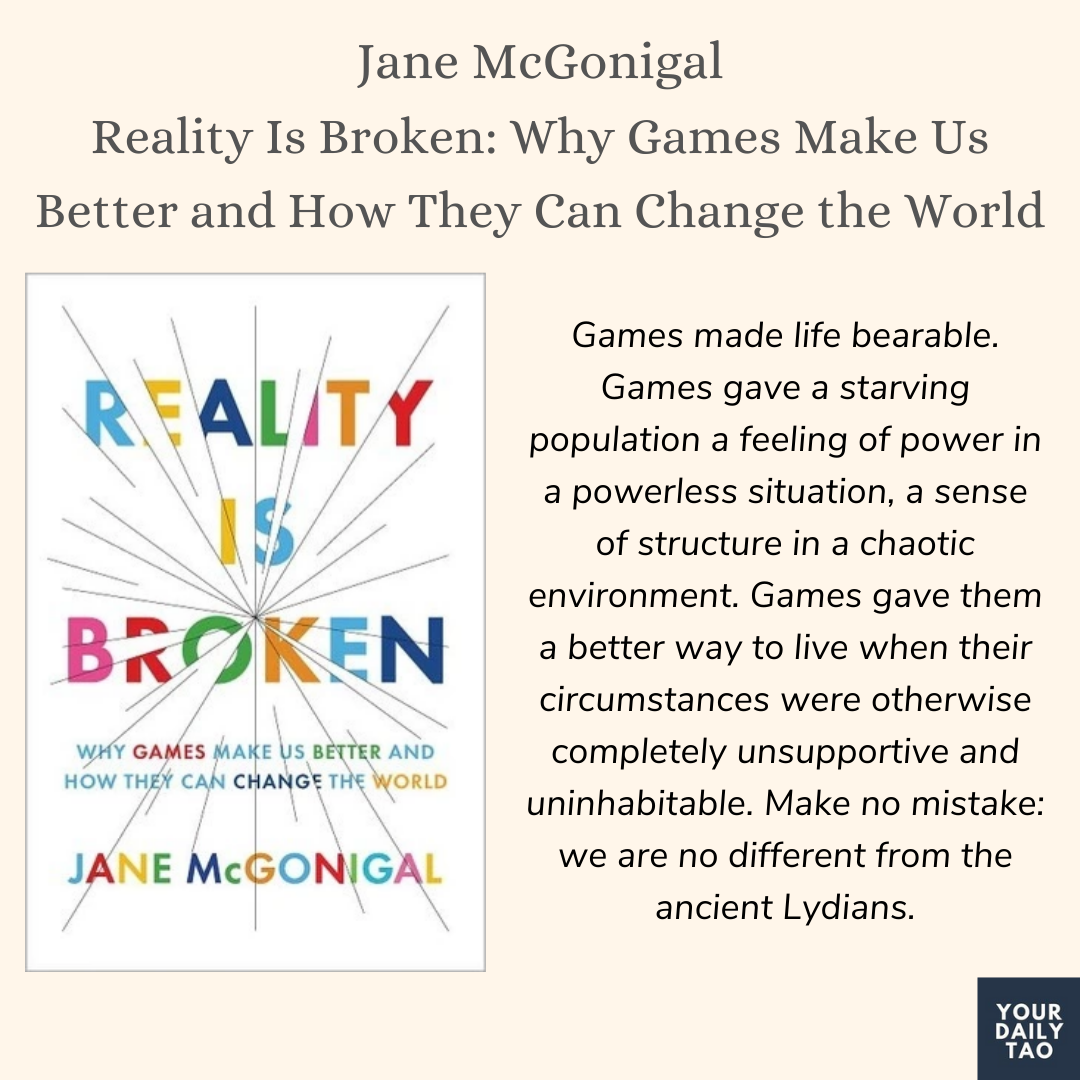A conceptual model is the underlying belief structure held by a person about how something works. When you look at the file structure of your computer, perhaps moving a file from one folder to another, you are exploiting the conceptual model that software designers have carefully put into your head. The files and folders are fictions. There are no files or folders inside the computer. Instead, material is saved within the computer’s permanent memory systems in whatever way is most convenient for the system. Most files aren’t even stored in one place. Rather, they are broken up into segments, and each segment is placed wherever there is room, but with special pointers added to the file contents so that when the end of a segment is reached, the pointer tells the computer where to find the next one. In this case, the underlying complexity of the technology of storage has been replaced with the conceptual simplicity of putting files into folders, and then organizing the folders.
Many times, we tend to associate higher number of features with increased complexity. However, what really makes something complex is if we are not able to get a good conceptual model of how it works. For instance, I doubt many people will think that TV controllers are complex items. Many of us intuitively know the key functions of a TV controller and what it does. Now to someone who might have never used or seen a TV before, it might be complex as they lack the conceptual model of how it interacts with a TV.
When linking it to what we do, simplicity isn’t always better. Whats more important is getting your users to have a good conceptual model of what your service/product does.









